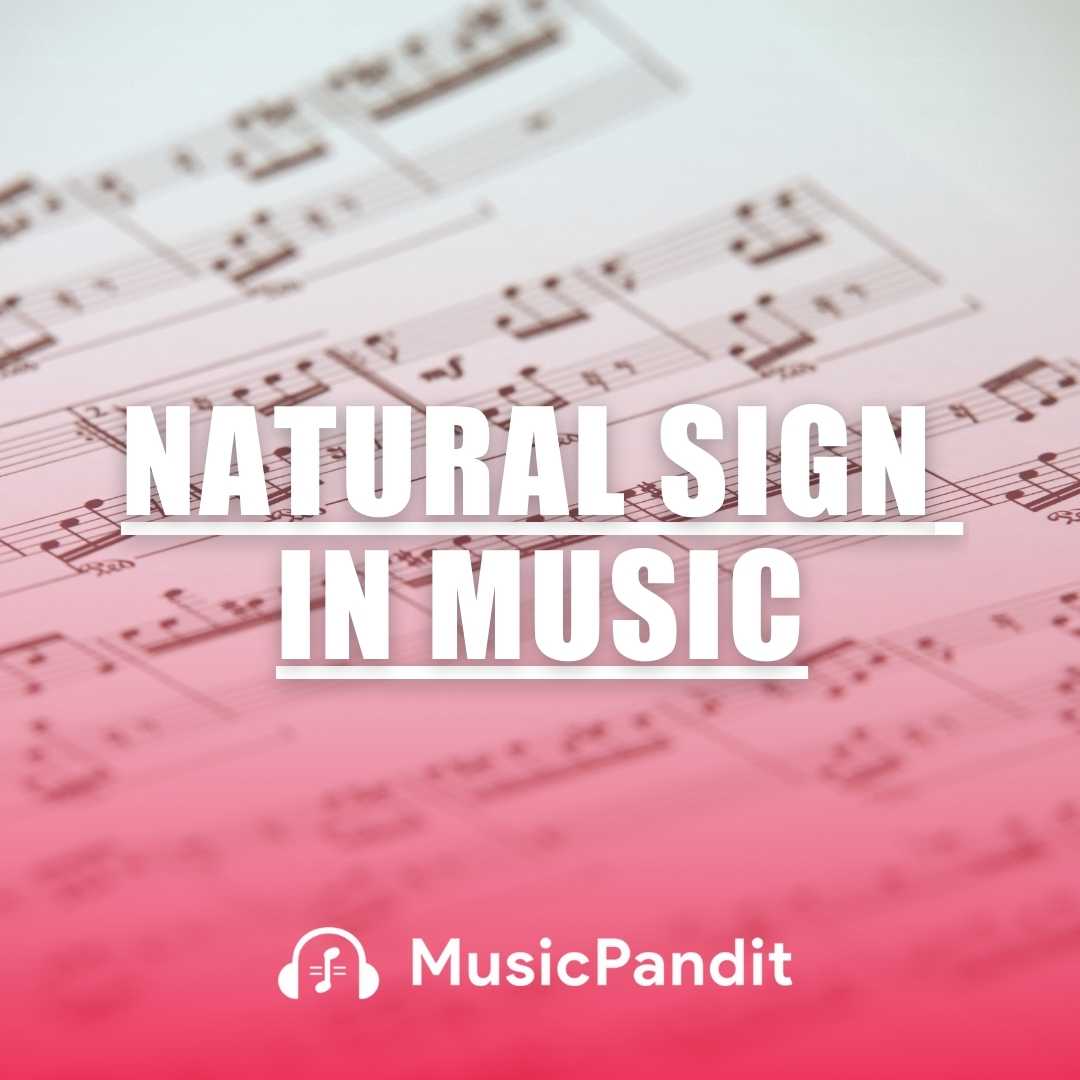Vocal resonance is a crucial concept in singing, involving the amplification and enhancement of sound produced by the vocal cords as it passes through the cavities in the body. Understanding vocal resonance helps singers improve their tone, projection, and overall vocal quality. This guide will delve into what vocal resonance is, its importance, how to develop it, and its various uses and benefits.
What is Vocal Resonance?
Vocal resonance refers to the way sound waves produced by the vocal cords are amplified and modified within the body’s resonating chambers, such as the mouth, throat, and nasal cavities. These chambers act as amplifiers, enriching the sound and giving the voice its unique tone and quality.
Importance of Vocal Resonance
- Tone Quality: Resonance greatly affects the timbre or colour of the voice, making it sound richer and more pleasing.
- Projection: Proper use of resonance allows singers to project their voice more effectively without straining their vocal cords.
- Versatility: Mastering resonance helps singers adapt their voice to various genres and styles of music.
- Vocal Health: Good resonance techniques minimise vocal fatigue and reduce the risk of strain or injury.
Types of Vocal Resonance
- Chest Resonance: Often felt as vibrations in the chest, especially when singing lower notes. It adds depth and warmth to the voice.
- Head Resonance: Involves vibrations in the head or sinus cavity, used for higher notes, giving a bright, ringing quality.
- Pharyngeal Resonance: Utilises the pharynx (throat area) to add richness and depth.
- Nasal Resonance: Sound waves resonate in the nasal cavity, useful in certain singing styles but should be moderated to avoid a nasal sound.
- Oral Resonance: Resonance in the mouth, modified by the shape and position of the tongue, lips, and jaw.
How to Develop Vocal Resonance
Breathing Techniques
Proper breath support is foundational for good resonance. Diaphragmatic breathing helps control breath flow, essential for maintaining resonance.
Posture and Positioning
Correct posture and the positioning of the mouth, tongue, and jaw are vital. Practising in front of a mirror can help identify and correct positioning issues.
Resonance Exercises
- Humming: Helps feel the vibrations in facial bones, essential for understanding resonance.
- Lip Trills: Engages the muscles around the lips and mouth, promoting a relaxed sound.
- Sirens: Sliding the voice up and down the scale helps explore different resonance areas.
- Vowel Modification: Singing vowels helps understand how different vocal tract shapes affect resonance.
Kinesthetic Memory
Paying attention to physical sensations when achieving good resonance helps replicate those conditions consistently.
Voice Recording
Recording and playing back your voice can provide valuable insights into your resonance and areas for improvement.
Professional Guidance
Working with a vocal coach can provide personalised feedback and targeted exercises to enhance resonance.
Uses and Benefits of Vocal Resonance
Enhancing Performance
Understanding and using resonance effectively can make performances more powerful and expressive.
Versatility in Singing
Allows singers to adapt their voice to different genres and styles, from classical to contemporary music.
Vocal Health
Reduces strain on the vocal cords, promoting long-term vocal health.
Improved Intonation and Dynamics
Good resonance control helps singers maintain better intonation and dynamic range, making their singing more compelling and precise.
Related Topics
Formants
Formants are specific resonant frequencies in the vocal tract that shape the sound, adding richness or brightness. Understanding formants can help singers control their vocal quality more precisely.
The Role of the Larynx
The position and movement of the larynx significantly affect vocal resonance. A neutral laryngeal position is generally ideal for singing.
The Soft Palate
The soft palate’s position influences the amount of nasal resonance. Raising or lowering it can modify the brightness and clarity of the tone.
Conclusion
Mastering vocal resonance is essential for any singer looking to improve their vocal quality and versatility. By understanding the different types of resonance and practising techniques to enhance them, singers can unlock the full potential of their voices, ensuring a rich, powerful, and healthy vocal performance.
For more detailed exercises and guidance, consulting a vocal coach can provide personalised support and help you achieve your singing goals effectively.














